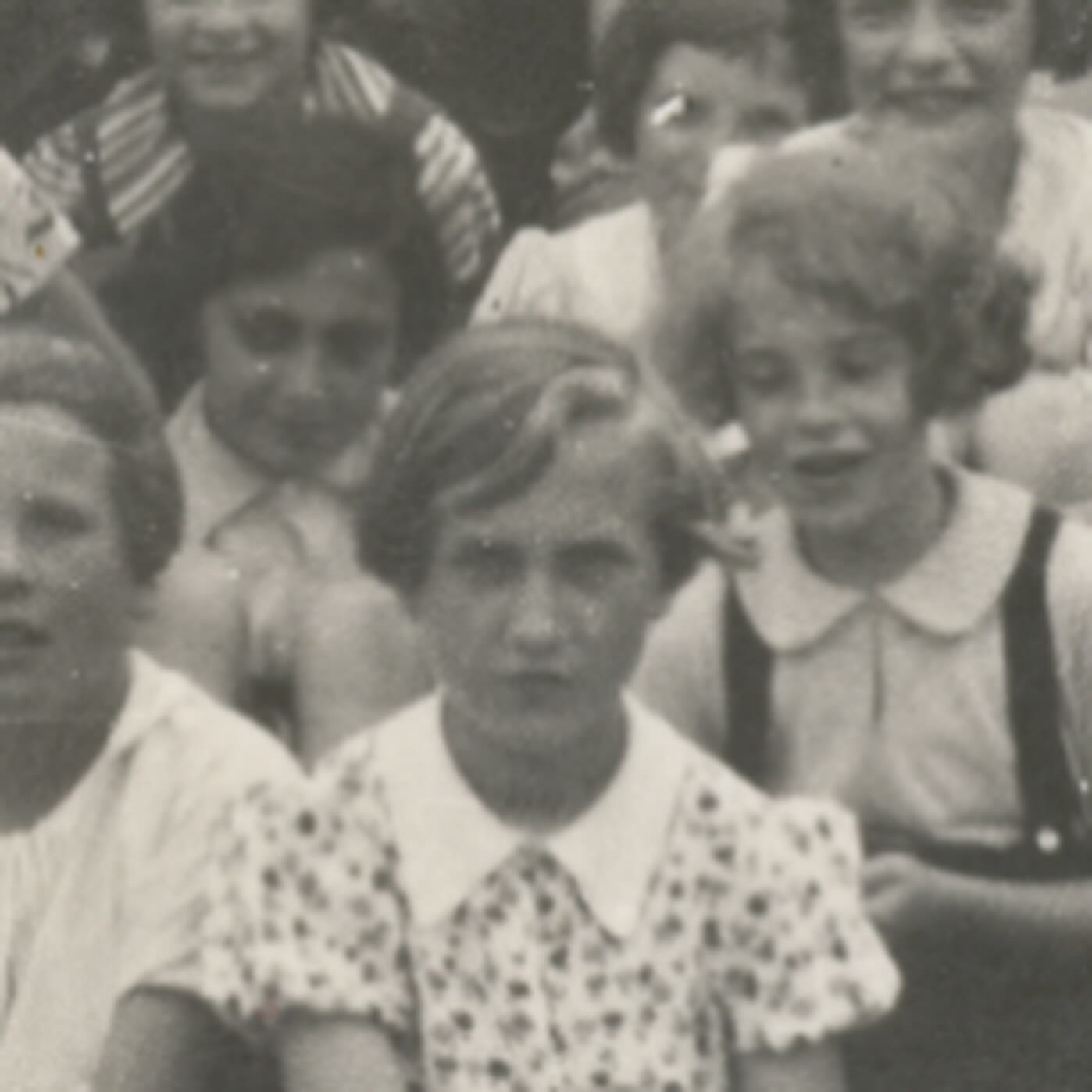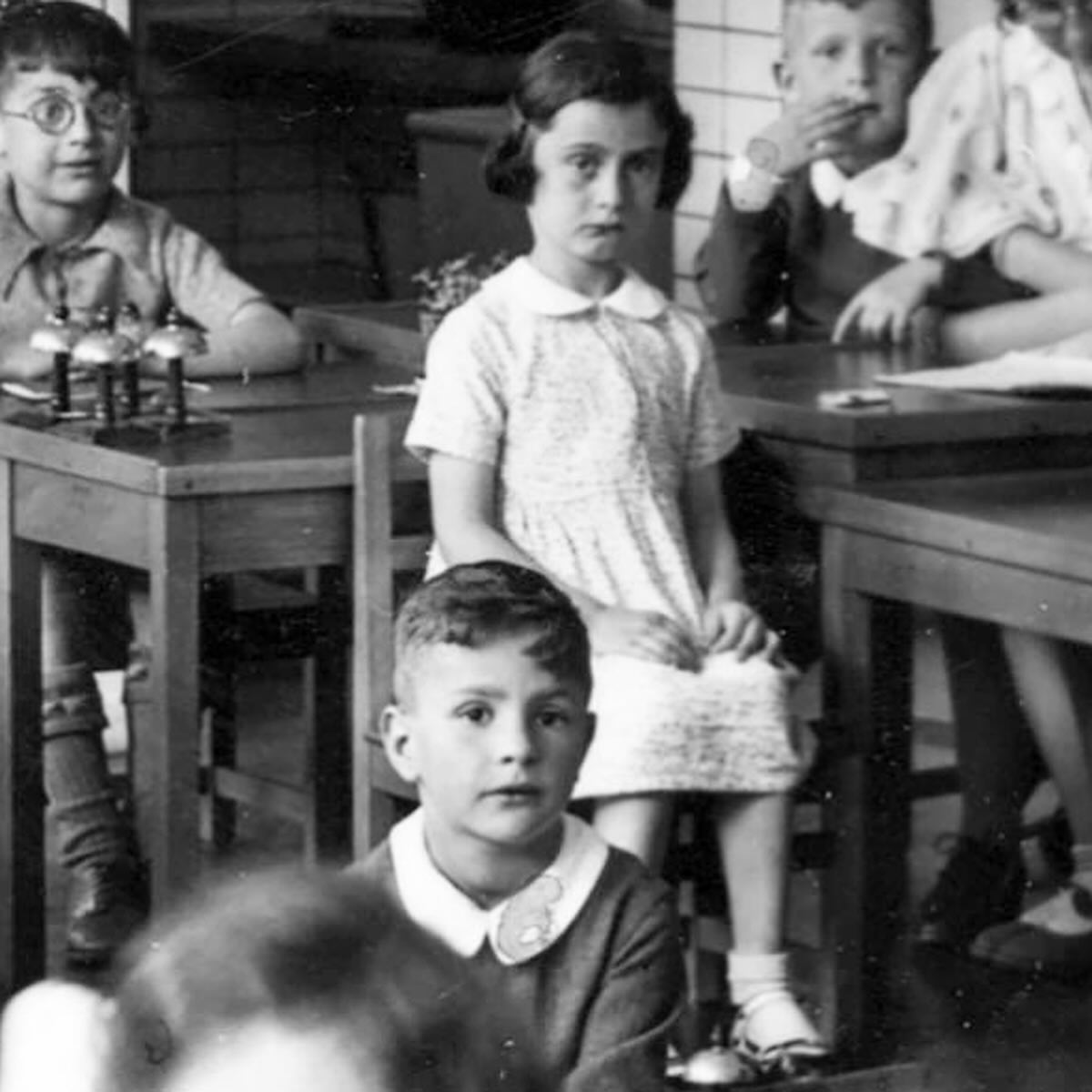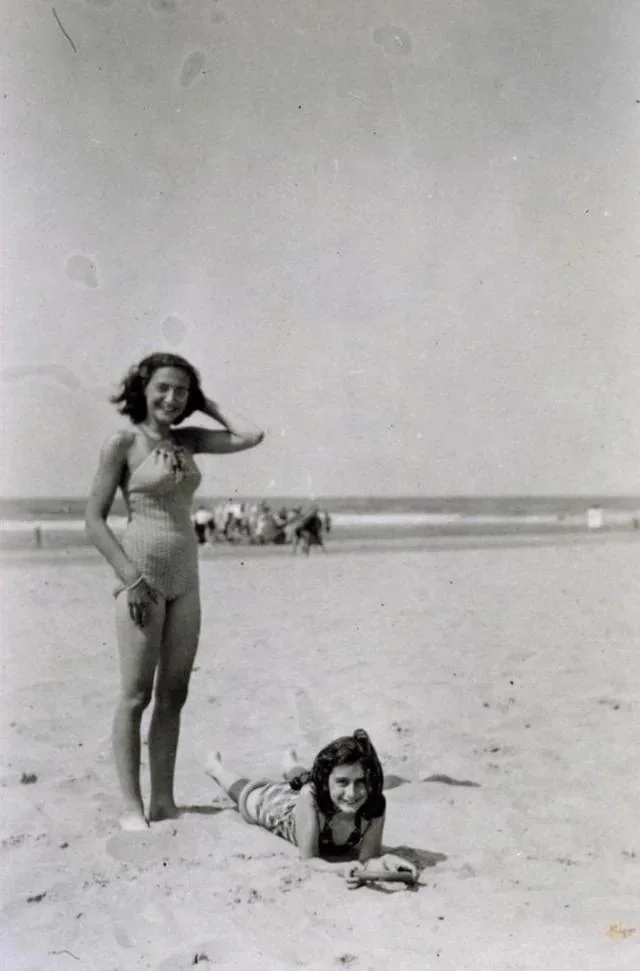The Last Report Card
On Friday, July 3, 1942, Anne Frank experienced a moment that is universal to students everywhere: the anticipation of receiving her report card. The day was filled with the sounds of speeches and music at the Jewish Lyceum, a brief, beautiful interlude of normalcy in a world growing increasingly dark. For Anne, the atmosphere must have been buzzing with a mix of nerves and hope.
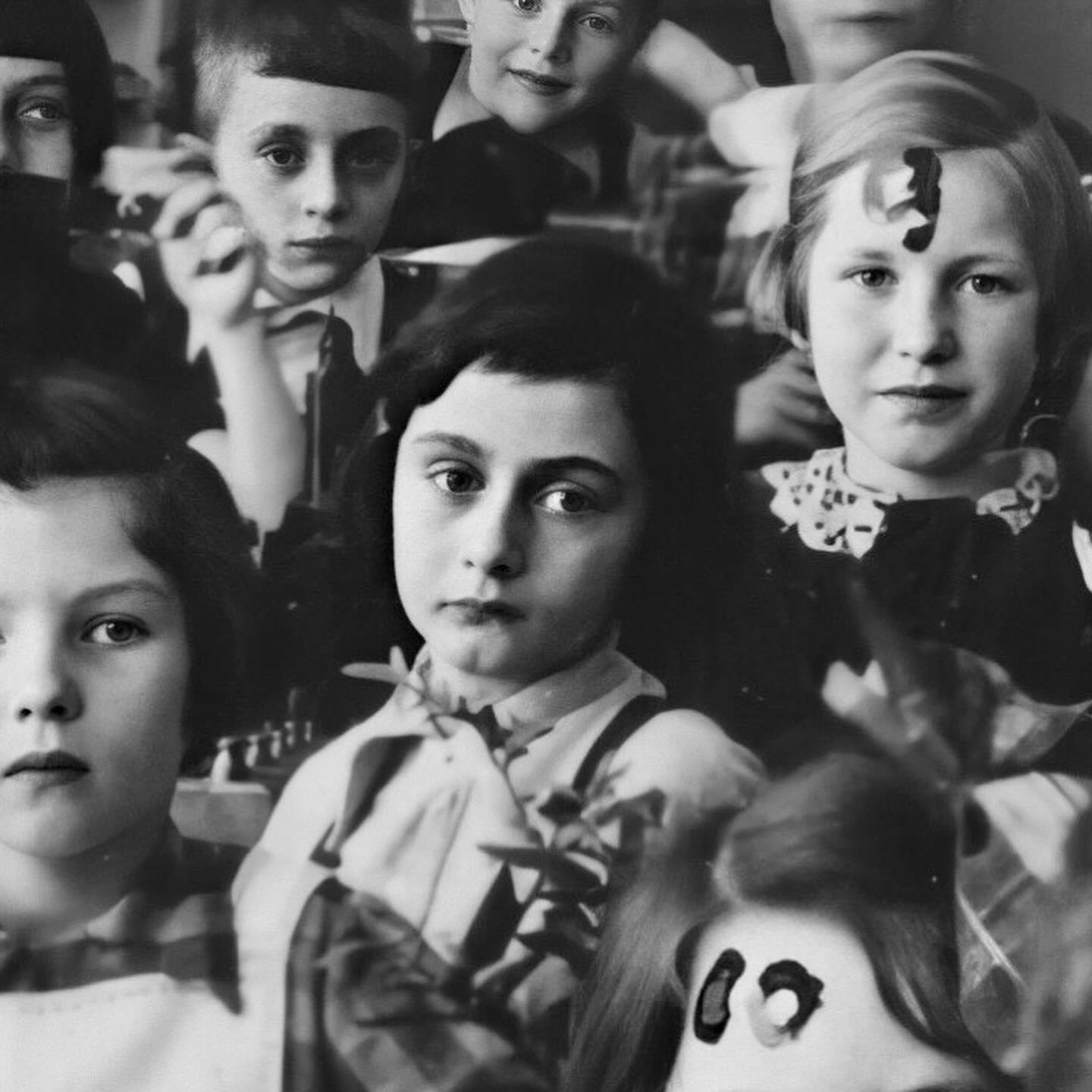
And the result was a triumph.
Later in her diary, Anne wrote with a touch of pride, “I couldn’t have hoped for better, my report is not at all bad, I had one unsatisfactory, a 5 for algebra, and the rest were all sevens, two eights, and two sixes.” She had been promoted to the second class. For a teenager, a good report card is a sign of progress, a promise of a future. Anne was moving forward, taking a small but certain step into her next school year.
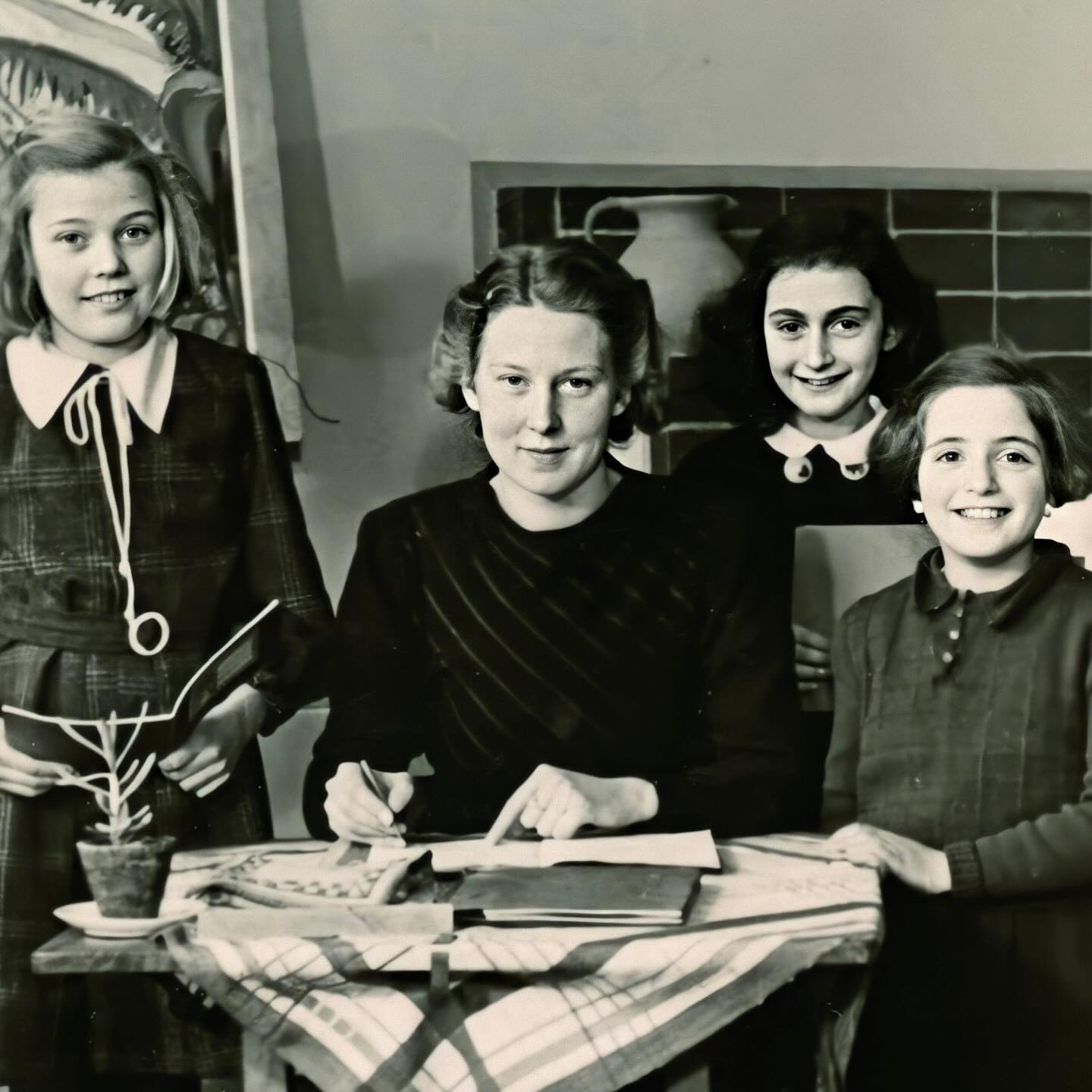
Her older sister, Margot, also received her report card that day. According to Anne, it was “brilliant, as usual,” a perfect reflection of her academic excellence. Margot had already been promoted to the fifth class. Both sisters stood at the Jewish Theatre, holding their report cards—documents that represented their past efforts and their future potential.
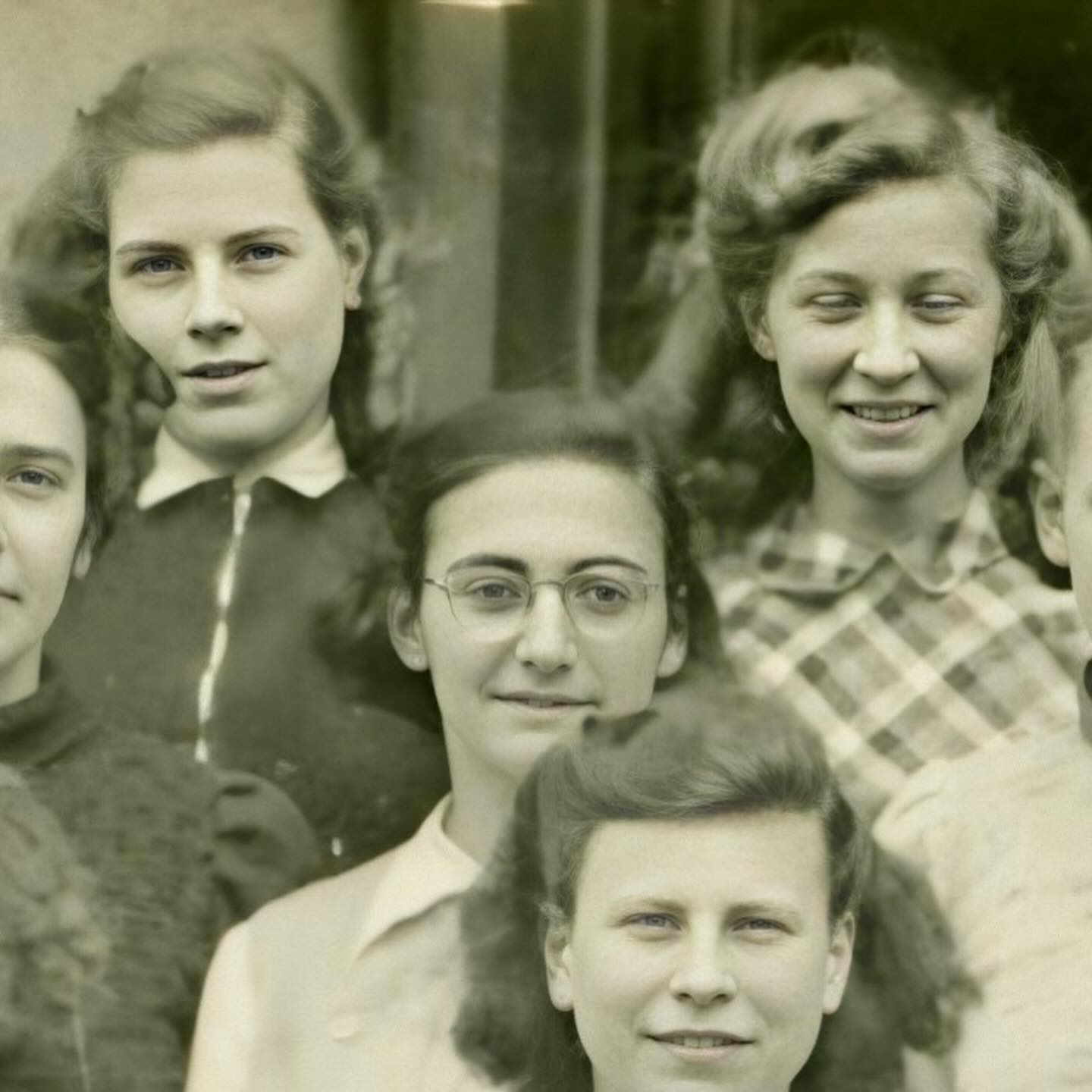
But what they didn’t know was that these report cards would be the last ones they ever received.
The joy of their academic achievements that Friday was tragically short-lived. Just three days later, on July 6, the Frank family would go into hiding. The school year that their report cards promised never came. The Jewish Lyceum, with its speeches and music, would fade into a memory. The report cards themselves became artifacts of a normal life that was brutally cut short. They stand as a poignant reminder of the brilliant futures that were stolen and the simple, ordinary moments that, in hindsight, held so much precious meaning.
